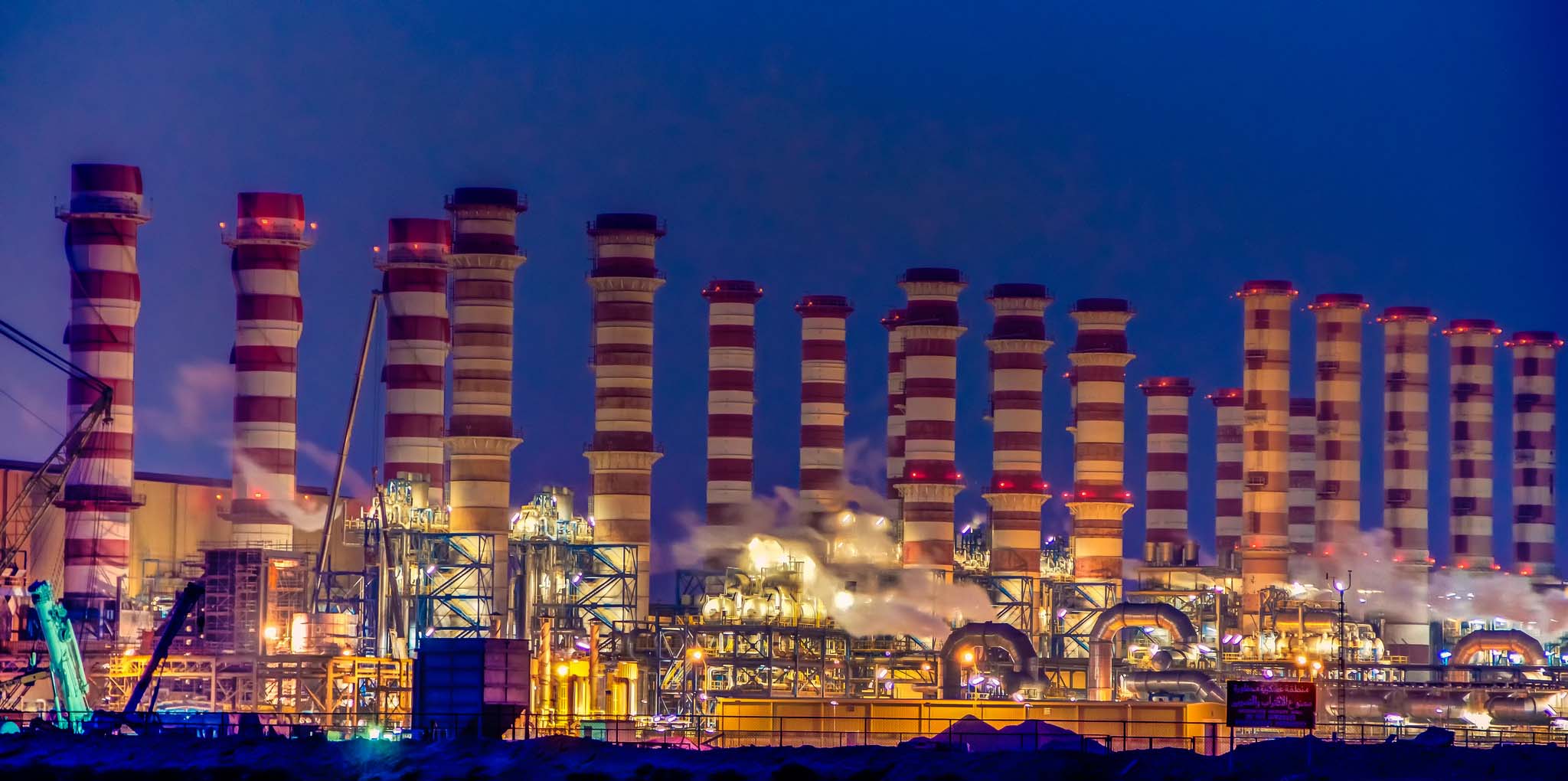
Rapidly growing demand for power and water in Qatar has led authorities to commission the construction of a US$3.15 billion (QR11.47 billion) electricity and desalination plant in the southern part of the country.
Once completed, the facility in Umm al Houl – which is located south of Doha, between Al Wakrah and Mesaieed – will be the country’s largest, as well as one of the biggest in the Middle East, its proponents said in a statement on Monday.
The plan is for the facility to begin operating in stages between 2017-18. Once it reaches full capacity, the plant will produce 2,520 megawatts of power from natural gas supplied by Qatar Petroleum.
That’s expected to account for some 23 percent of the country’s electricity production, and is roughly enough power to supply some 2.5 million homes.
However, much of the electricity generated in Umm al Houl will likely be used to power the energy-intensive process of making seawater fit for human consumption. The desalination plant that is being built on the same site will produce 135.6 million imperial gallons of water per day – enough to fill nearly 247 Olympic-size swimming pools.
Unique case
This week’s announcement will likely be welcomed by those working in Qatar’s heavy industrial sector, following the shelving of several large-scale projects in recent months due to falling oil prices.
That includes the $6 billion Al Sejeel petrochemical facility, which Industries Qatar put on hold last September, as well as a $6.5 billion petrochemical plant scrapped by Qatar Petroleum and Royal Dutch Shell in January.

When these industrial projects were canceled, reports emerged that some of the utilities that had been planned to serve these facilities were also going to be put on hold.
But Qatar’s rapidly rising population – and the country’s growing thirst – may be contributing to authorities’ decision to move ahead with other projects, such as this energy plant.
Separately, the country is also building that mega-reservoirs to increase its supply of drinking water. Currently, Qatar is believed to only have a 48-hour supply of water, meaning a production interruption could quickly cause hardships for the country’s residents and businesses.
Earlier this month, a ceremonial foundation stone was laid at one of the five mega-reservoirs expected to be completed by mid-2018. The site, located off the truck route between the Industrial Area and Lusail, is one square kilometer and will eventually hold enough water to fill 500 swimming pools.
Recently released government statistics show that water and electricity production in Qatar both increased by more than three-quarters between 2007 and 2013.
The Umm al Houl plant will be designed, constructed and operated by a joint venture consisting of the Qatar Electricity & Water Co., Qatar Petroleum, Qatar Foundation, Mitsubishi Corp. and Tokyo Electric Power Co.
The power and water produced at the facility will then be purchased by local utility Kahramaa for 25 years.
Thoughts?









